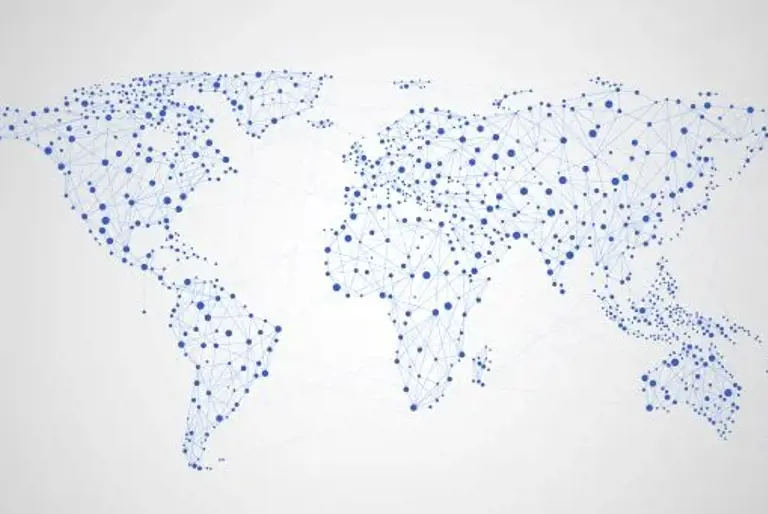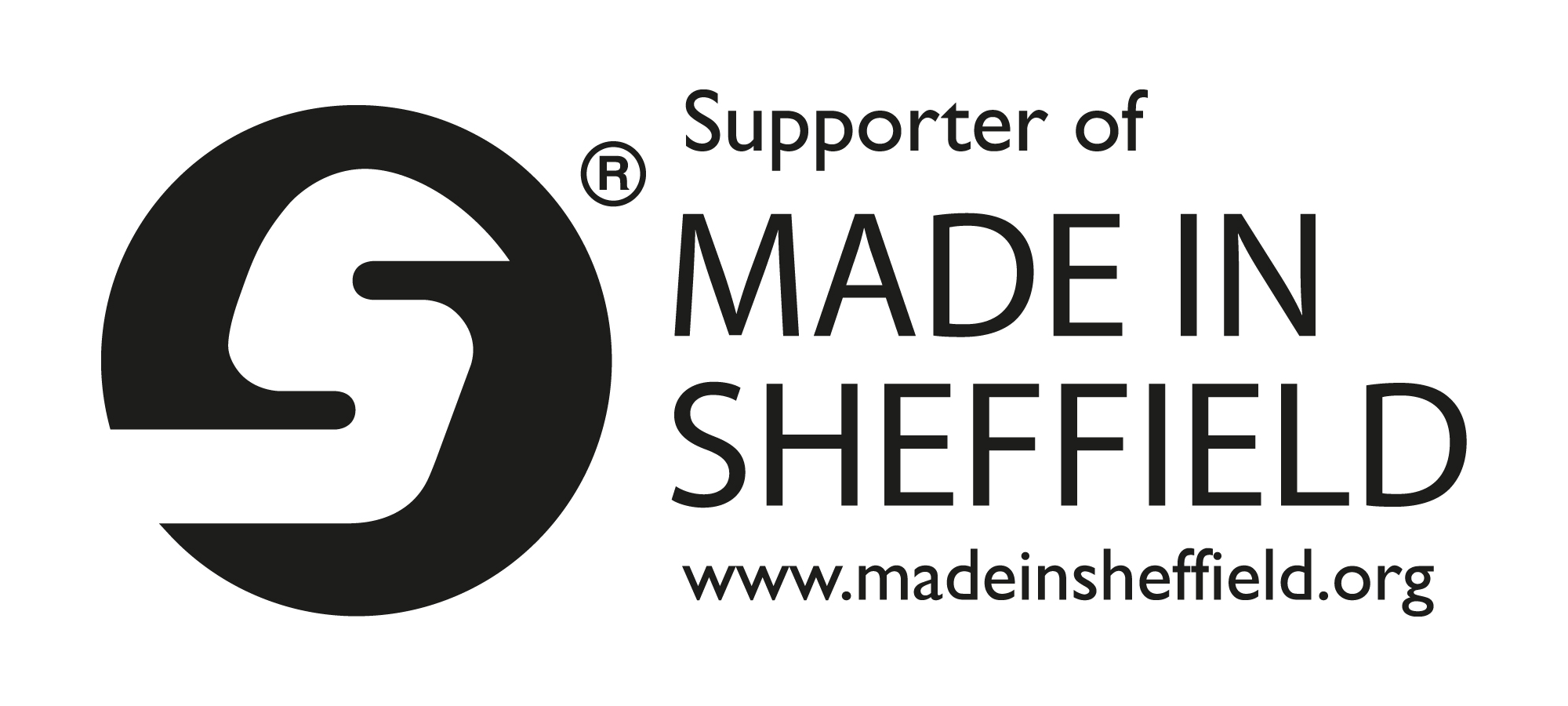The Madrid Agreement and Madrid Protocol provide a means of obtaining an international trade mark registration through a single filing procedure.

The Madrid Agreement, based at WIPO in Geneva, provides a centrally administered system for obtaining a bundle of national trade marks. So far, not all the countries who are party to the Madrid Agreement have signed up to the more recent Madrid Protocol, but it is expected that all previous members will also ratify the Madrid Protocol.
The Madrid Agreement and Madrid Protocol provide a means of obtaining an international trade mark registration through a single filing procedure. The Madrid Agreement, based at WIPO in Geneva, provides a centrally administered system for obtaining a bundle of national trade marks. So far, not all the countries who are party to the Madrid Agreement have signed up to the more recent Madrid Protocol, but it is expected that all previous members will also ratify the Madrid Protocol.
In making an international application, the individual countries where protection is required are designated. The cost of the application depends on the number of states included. All applications are based on a home registration or an application in a country belonging to the Madrid Protocol. For the first 5 years of an international registration, it is tied to the home registration or application on which it is based. As a result, if this ceases to exist, the international registration ceases to exist.
The Madrid system supports multi-class mark applications, and a successful application results in a bundle of national registrations, valid initially for 10 years from the application date. The bundle of registrations requires only a single renewal at the WIPO after this 10 year period.
Acceptance of the mark in each member state is dependent on the prior rights in each state. There is generally an opposition procedure which third party holders of existing rights can invoke, but in general if no opposition is filed, then the mark is accepted in the individual national state.
Below is a list of Madrid agreement states showing those party to the Madrid protocol and those yet to ratify it.
Below is a short video in which Dr Robert Franks explains some of the benefits of registering marks using the Madrid System.
COUNTRIES PARTY TO MADRID PROTOCOL
Albania
Antigua and Barbuda
Armenia
Australia
Austria
Bahrain
Belarus
Belgium
Bhutan
Bulgaria
China
Croatia
Cuba
Cyprus
Czech Republic
Democratic People's Republic of Korea
Denmark
Estonia
European Community
Finland
France
Georgia
Germany
Greece
Hungary
Iceland
Iran (Islamic Republic of)
Ireland
Italy
Japan
Kenya
Kyrgyzstan
Latvia
Lesotho
Liechtenstein
Lithuania
Luxembourg
Monaco
Mongolia
Morocco
Mozambique
Namibia
Netherlands
Norway
Poland
Portugal
Republic of Korea
Republic of Moldova
Romania
Russian Federation
Serbia and Montenegro
Sierra Leone
Singapore
Slovakia
Slovenia
Spain
Swaziland
Sweden
Switzerland
Syrian Arabic Republic
The Former Yugoslav Republic of Macedonia
Turkey
Turkmenistan
Ukraine
United Kingdom
United States of America
Zambia
(67 countries)
MEMBERS OF THE MADRID AGREEMENT NOT PARTY TO MADRID PROTOCOL
Algeria
Azerbaijan
Bosnia and Herzegovina
Croatia
Egypt
Kazakhstan
Kyrgyzstan
Liberia
San Marino
Sudan
Tajikistan
Uzbekistan
Vietnam
For more information on this, please see our white paper on the subject which you can download using the link below.




















